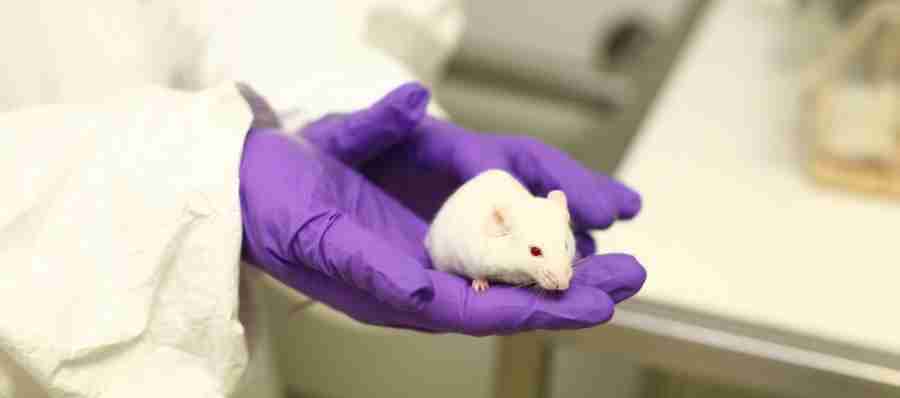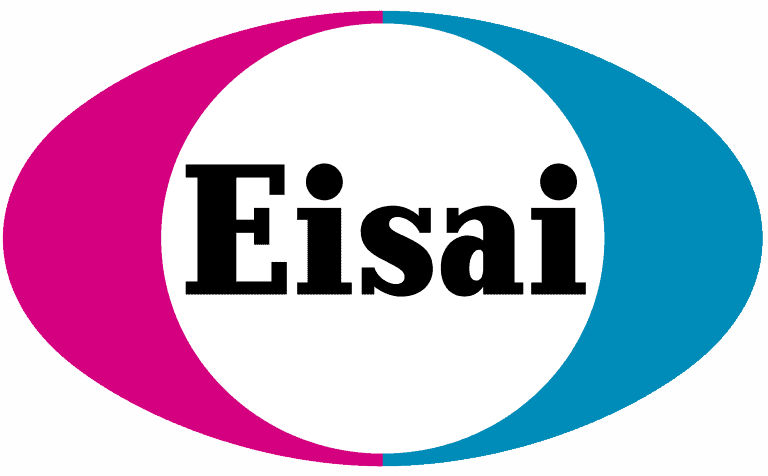Selective NaV1.1 activation rescues Dravet syndrome mice from seizures and premature death.
(Richards et al. 2018) SCN1A is primarily expressed in inhibitory interneurons in the brain. These cells counteract the excitatory neurons, so mutations in SCN1A disrupt inhibition, leading to too much excitation and seizures. An ideal treatment would be one that encourages the inhibitory neurons to work more efficiently without simultaneously increasing excitatory neuron function. Based on previous […]






